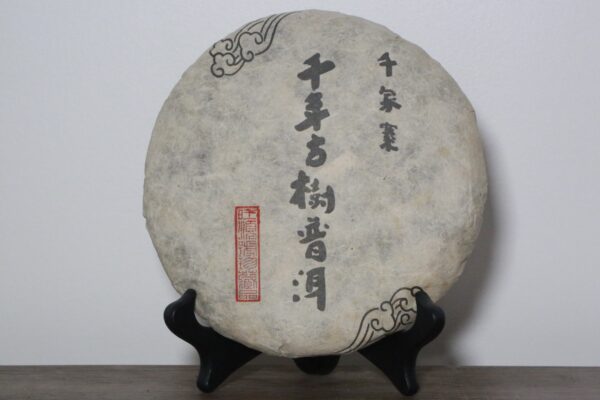Qi » Tea Blog » Qigong Information » What is Qigong Bouncing?

What is Qigong Bouncing?
Each and every Qigong school has its own way of doing things, its own practices, preparations and teachings. One such practice is known as “Qigong Bouncing.” This practice dates back centuries and is rooter in the core of all major schools of Qigong one way or the other.
What is Qigong Bouncing?
Qigong Bouncing is considered both a warmup and fundamental practice to all major schools of Qigong. It functions as a preliminary practice to warm up the body and stimulate Qi flow before entering regular Qigong movements. However, other schools of Qigong use bouncing techniques such as “Shuai Shou” as a core practice since the movements are rooted in complete Qi stimulation throughout the body.
How to Practice Qigong Bouncing
To perform this exercise, follow these simple steps:
- Raise your arms in the air.
- Slightly bend your knees.
- Begin to bounce, but your feet should not leave the ground.
- Focus on “bouncing” on your heels, finding a gentle and steady rhythm that is easy on your joints.
- Repeat for 3-5 minute minimum. Performing 10-15 minutes is ideal.
Why Bounce
There are several instances when bouncing can be beneficial.
- It helps calm the body before a meditation or exercise session.
- If performed in the morning, it helps invigorate your body and wake you up.
- Practicing multiple times a day helps keep energy keep flowing.
No matter when you choose to practice bouncing, its benefits remain consistent. This practice aims to stimulate your body, helping you to loosen up and ensuring the free flow of your energy. Think of it as a gentle warm-up before a workout, transitioning you from a state of inactivity to activity, making you more limber, agile, and ready.
Shuai Shou Qigong Bouncing
Another popular form of this practice is called “Shuai Shou.” This practice plants the feet on the ground and instead of the arms going above the head, they go in front and back in a swinging motion. Performing this for 5-10 minutes a daily is great for digestion.
To learn any of these techniques feel freer to send us a message or sign up for a 1 on 1 class.






